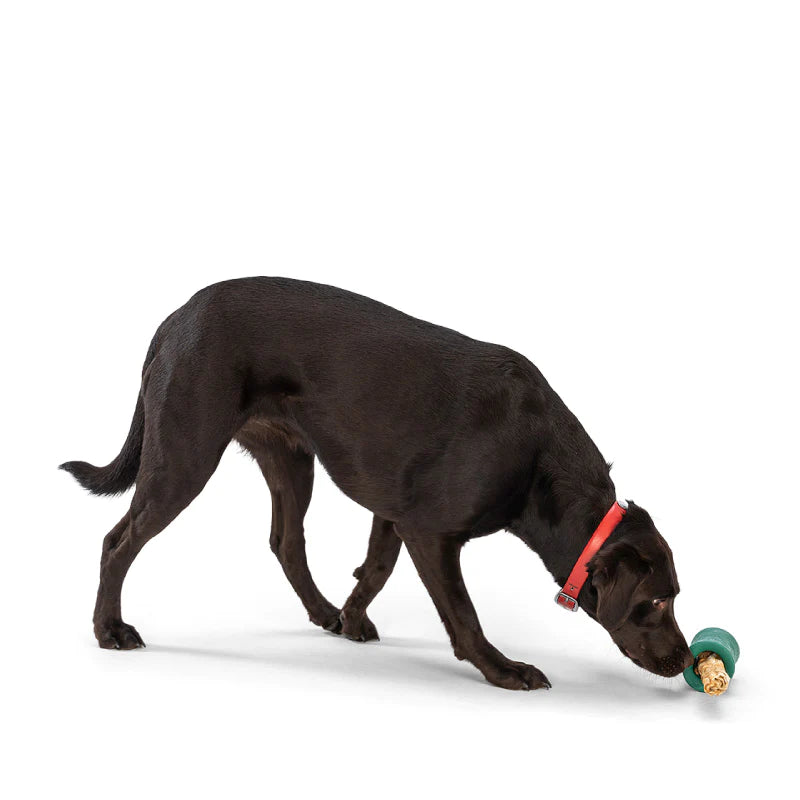
Understanding the Importance of Mental Stimulation for Pets
Having a pet comes with a lot of important responsibilities. While providing food, shelter, and medical care is crucial, there’s another aspect of pet care that is often overlooked—mental stimulation. Mental activity is important as physical exercise in keeping your pet happy and healthy.

The Science Behind Mental Stimulation
Research has shown that mental stimulation can significantly impact a pet’s overall well-being. Pets with adequate mental engagement are generally less stressed, less prone to destructive behaviors, and often have a more robust immune system.

Cognitive Enrichment
Providing opportunities for problem-solving or learning new tasks encourages cognitive development in pets. This can be as simple as teaching new commands to a dog or as complicated as setting up a puzzle feeder for your cat.

Avoiding Behavioral Problems
Boredom can lead to various behavioral problems like chewing furniture, excessive barking, or inappropriate urination. Mental stimulation through interactive toys or activities can divert this energy into a more positive outlet.
Social Enrichment
Pets, particularly those that are social species like dogs and parrots, benefit from social interactions. This can be with other animals or humans. Social enrichment activities could range from playdates to group training classes.

Sensory Stimulation
Different textures, smells, and sounds can stimulate your pet’s senses. Consider toys that crinkle or squeak, or introduce scented toys. Sensory stimulation can also come from the environment—like a trip to a new park or trail.

Interactive Toys and Games
The market offers a plethora of interactive toys designed to challenge your pet mentally. Puzzle toys, for instance, require your pet to solve a problem to get a reward. Feather wands for cats or fetch toys that zigzag unpredictably can also engage your pet’s mind.
DIY Mental Stimulation
You don’t necessarily have to invest in expensive toys for mental stimulation. DIY options like hiding treats in a muffin tin covered with tennis balls can be equally effective in engaging your pet’s brain.

Scheduled Playtime
Allocating specific periods for play and mental engagement can help you make sure that your pet gets regular stimulation. This schedule mimics the structure that animals thrive on in the wild, where they have specific times for hunting, playing, and resting.

Technology to the Rescue
Technology has made it easier to mentally stimulate your pet even when you are not home. Interactive pet cameras, automatic laser pointers, and treat-dispensing devices can keep your pet entertained and engaged.
Aging Pets Need It Too
Often, as pets age, their physical activity decreases, but their need for mental engagement doesn’t. Older pets may benefit from simpler puzzles and softer toys, as their cognitive abilities and senses may start to decline.

Monitoring and Adjusting
Not all pets are the same; what stimulates one might not interest another. It’s crucial to observe how your pet reacts to various activities and adjust your methods accordingly.

Mental stimulation isn’t just for the over-energetic breeds or the curious cats; it’s for every pet. Just like physical exercise, mental activity should be a non-negotiable component of complete pet care. Remember, a mentally stimulated pet is a happy pet.

- Choosing a selection results in a full page refresh.












